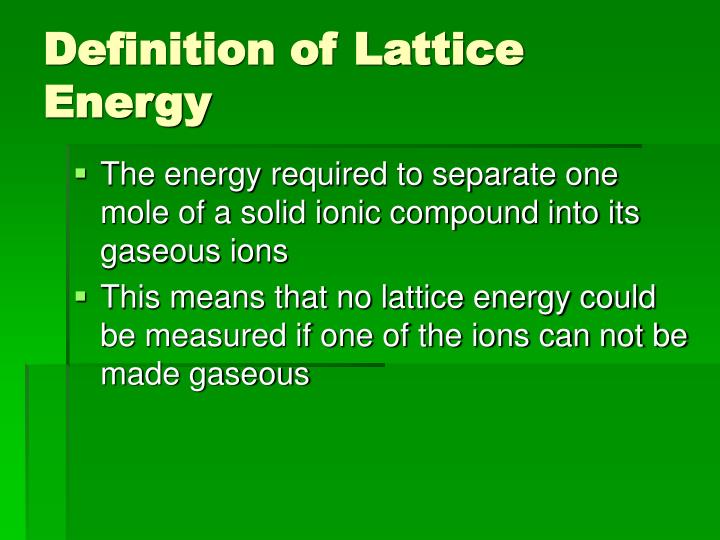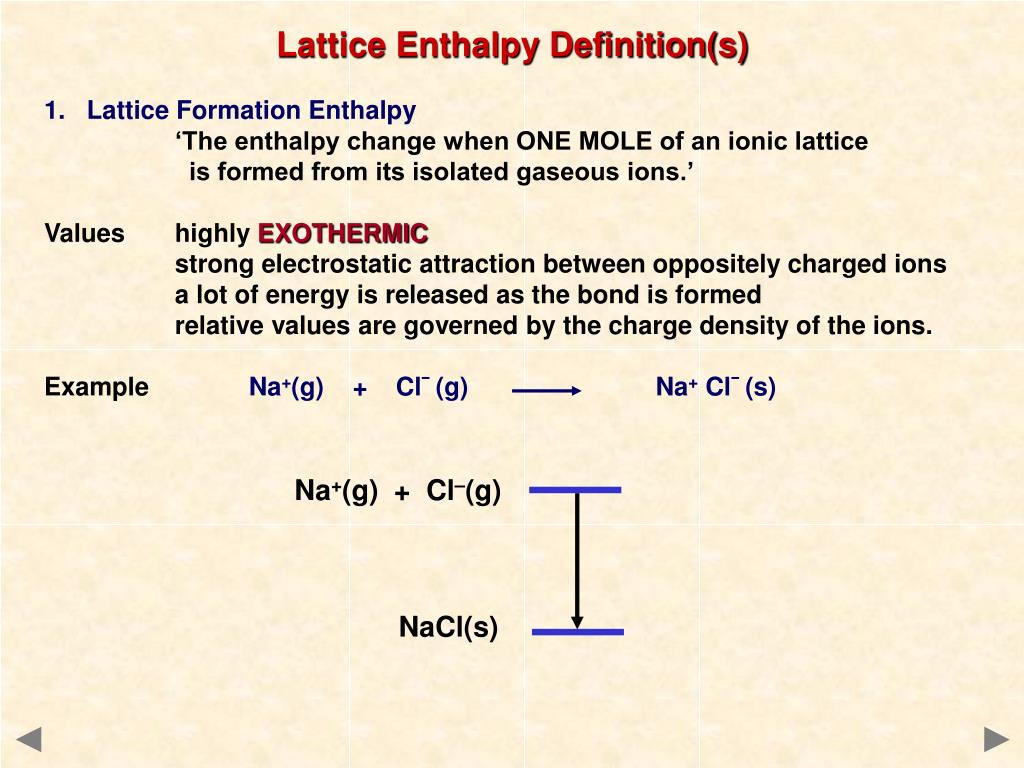

noun (Crystallography) The arrangement of atoms or molecules in a crystal, represented as a repeating arrangement of points in space, each point representing the location of an atom or molecule called also crystal lattice and space lattice.noun (Her.) The representation of a piece of latticework used as a bearing, the bands being vertical and horizontal.
#Define lattice series
noun Any work of wood, metal, plastic, or other solid material, made by crossing a series of parallel laths, or thin strips, with another series at a diagonal angle, and forming a network with openings between the strips - called also latticework.intransitive verb to cover or inclose with a lattice.intransitive verb To close, as an opening, with latticework to furnish with a lattice.intransitive verb To make a lattice of.noun In mathematics, a net made of straight lines, vertical and horizontal, and inclosing rectangular compartments.įrom the GNU version of the Collaborative International Dictionary of English.noun In textile-manuf., an apron or a conveyer made of laths or slats, and designed to carry material into a machine or from one machine to another.noun In heraldry, a bearing representing a series of perpendicular and horizontal strips crossing one another over the field or a part of it.



Martin Rodriguez-Vega is an Associate Editor for Physical Review Letters. Unlike those approaches, however, their triangular spin-momentum lattice geometry provides a way to simulate 2D topological phases with tunable characteristics-such as synthetic magnetic fields-allowing the investigation of, for example, fractional quantum Hall phases. The researchers say that they can simulate a few thousand lattice sites with their experimental setup-comparable to the lattice sizes achieved using conventional real- and synthetic-space techniques. In real space, their ensemble of ultracold atoms exhibits a deceptively random arrangement, but they create their triangular lattice entirely in a synthetic space defined by both the momenta and spin of the atoms, which they manipulate using magnetic fields and lasers. Lauria and colleagues demonstrate a twist on this approach that was proposed theoretically a decade ago. Researchers typically perform simulations on fermionic synthetic lattices by arranging the atoms in a 1D real-space array and creating an additional synthetic dimension by exploiting the atoms’ spins. The result could eventually allow the investigation of exotic phenomena involving fermion-fermion interactions. Now, using a synthetic-space technique, Paul Lauria at the University of California, San Diego, and his collaborators have realized a 2D triangular lattice.
#Define lattice full
While this approach can simulate phenomena that are impossible to reproduce using real-space lattices, the full potential of synthetic-space lattices is yet to be achieved because, so far, they have been limited to 1D or strip-like geometries. Experimentalists often create such lattices-not physically, in real space, but virtually, in a synthetic space defined by certain properties of the atoms, such as their spin or momenta. One way researchers seek to understand complex phases of matter is by simulating them using lattices of ultracold fermionic atoms. Barreiro/University of California, San Diego N.


 0 kommentar(er)
0 kommentar(er)
